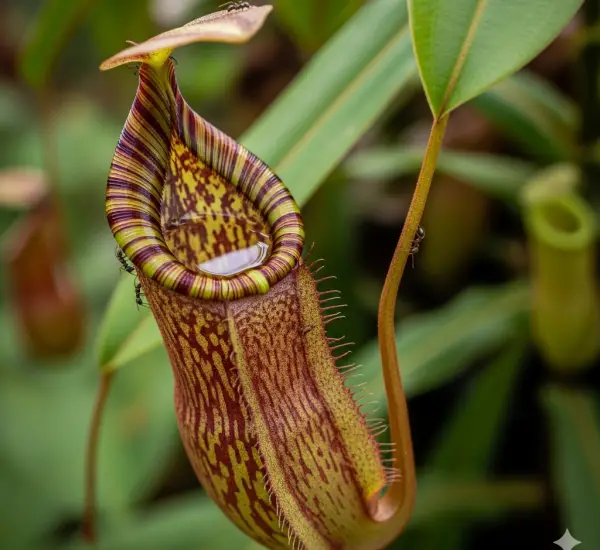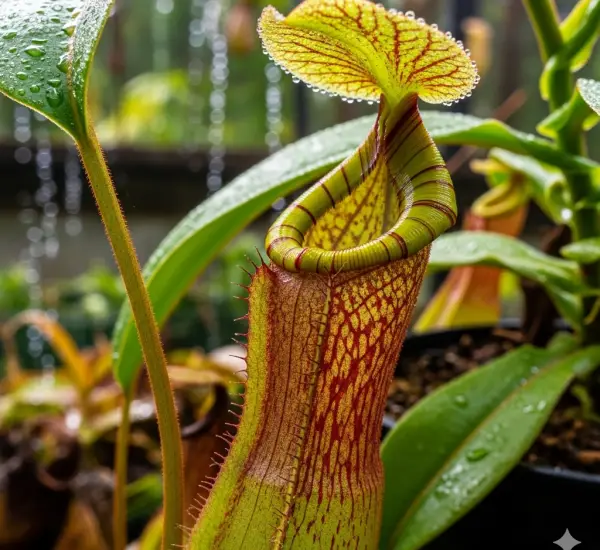Cauliflower is a cool-season vegetable prized for its tender, mild-flavored white heads. However, achieving those perfectly white and compact heads can be a challenge, especially for new gardeners. Sun exposure, temperature fluctuations, and improper care can all lead to discoloration, loose curds, or bitter-tasting heads. Fortunately, with the right techniques and attention to detail, you can grow beautiful, market-quality cauliflower in your home garden.
Understanding Cauliflower Growth
Cauliflower is part of the brassica family, which includes broccoli, cabbage, and Brussels sprouts. What we commonly refer to as the “head” is actually a cluster of immature flower buds called the curd. For a high-quality harvest, the curd must be protected from stress and sun exposure as it develops. White cauliflower varieties, in particular, need special care to maintain their pristine appearance.
Choosing the Right Variety
Start by selecting the right cauliflower variety for your region and desired results. Some modern types, often labeled as “self-blanching,” have outer leaves that naturally curl over the head to protect it from sunlight. These are great for beginners or gardeners in warmer climates. Popular varieties include ‘Snowball,’ ‘Amazing,’ and ‘Cheddar’ (for orange heads), but for classic white curds, opt for ‘Snow Crown’ or ‘White Magic.’
Timing Is Crucial
Cauliflower grows best in cool weather. For most areas, this means planting in early spring or late summer for a fall harvest. Aim for daytime temperatures between 60–70°F (15–21°C). Too much heat or cold can cause the plant to bolt (go to seed) or produce poorly formed heads. Start seeds indoors 4 to 6 weeks before your last frost date or purchase transplants for quicker results.
Soil Preparation and Planting
Cauliflower thrives in fertile, well-drained soil rich in organic matter. Before planting, amend your garden bed with compost and make sure the pH is between 6.0 and 7.0. A slightly acidic to neutral pH helps the plant absorb nutrients efficiently. Space the seedlings 18 to 24 inches apart to allow ample room for the leaves to develop and eventually cover the head.
Keep the soil consistently moist but not soggy. Cauliflower is particularly sensitive to irregular watering, which can result in stunted growth or bitterness in the curd. Use mulch around the base of the plants to retain moisture and regulate soil temperature.
Blanching: The Key to White Heads
To keep cauliflower heads white and protected from sunlight, blanching is often necessary. Blanching is the process of covering the developing curd with the plant’s own leaves to shield it from the sun. Without this step, the heads may turn yellow, purple, or brown due to sun exposure and stress.
Here’s how to blanch cauliflower manually:
-
When the curd reaches about 2 to 3 inches in diameter, gently gather the outer leaves over the head.
-
Tie the leaves loosely at the top using soft twine, a rubber band, or a clothespin.
-
Make sure the leaves are not tightly bound—air circulation is still important to prevent mold or rot.
-
Check inside the leaf cover every few days to monitor growth and watch for pests or moisture buildup.
Blanching typically lasts 7 to 12 days. Once the head is firm, white, and reaches about 6 to 8 inches in diameter, it’s time to harvest.
Fertilization and Plant Care
Cauliflower is a heavy feeder. To support strong leaf and head development, fertilize the plant regularly. Apply a balanced fertilizer (such as 10-10-10) every few weeks after transplanting. As the plant starts to form heads, switch to a fertilizer with a bit more potassium to encourage dense, tight curds.
Keep an eye out for common pests such as cabbage worms, aphids, and flea beetles. Floating row covers can help protect young plants from infestation. Hand-pick pests when possible, or use organic treatments like neem oil if necessary.
Harvesting Tips
Timing your harvest correctly ensures the best flavor and texture. Cauliflower heads should be compact, firm, and about 6 to 8 inches in size. Don’t wait too long—if the curd starts to separate or turn grainy, it’s past its prime.
Use a sharp knife to cut the head from the main stem, leaving a few surrounding leaves to protect it. Cauliflower doesn’t store as long as some other vegetables, so plan to use or process it shortly after harvesting.
Storage
Freshly harvested cauliflower can be stored in the refrigerator for up to one week. To extend its life, wrap the head loosely in a paper towel and place it in a perforated plastic bag. For long-term storage, blanch the florets briefly in boiling water, then freeze them for use in soups, stir-fries, or roasted vegetable dishes.
Conclusion
Keeping cauliflower heads white and compact takes a bit of extra care, but the rewards are worth it. By selecting the right variety, maintaining steady moisture and nutrients, and using the blanching method effectively, you’ll be able to grow crisp, clean, and flavorful cauliflower right at home. Whether you enjoy it raw, roasted, or pureed, homegrown cauliflower makes a delicious and nutritious addition to your garden harvest.



